Digital twinning: continuous inspection through bits and bytes
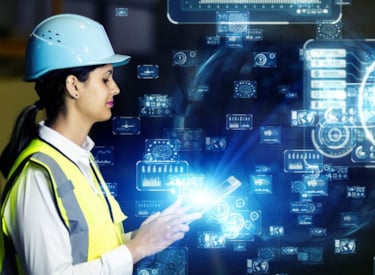
Production processes, the deflections of concrete or metal structures, the movements of wind turbines: with sensors, you can track almost everything in real time. With sensors on different parts of a single construction, machine or process, you can create a 'digital twin' - a digital copy of the original. This opens up unprecedented new possibilities for inspection and continuous monitoring. Ron Meijer, Eric Laan and Perttu Immonen of Kiwa explain.
Kiwa is continuously working on new innovative ways of servicing the Kiwa customer. The rise of technological possibilities is changing the way Kiwa is doing its testing, inspection and certification business. “We are continuously trying and testing out new ways to do our business, together with our customers, that is the way we are innovating at Kiwa,” says Eric Laan, innovator at the Corporate ICT department.
“At Kiwa we are working on a program called Flow! to harmonize and standardize business processes, and to support these processes with modern applications. For asset health management and inspections Kiwa is using Dynamics 365 Field Service. This cloud-based technology from Microsoft, which is enhanced with specialized third-party solutions, will provide Kiwa the possibility to innovate and create new services, like digital twins and real-time asset monitoring,” says Ron Meijer, Corporate ICT Director at Kiwa.
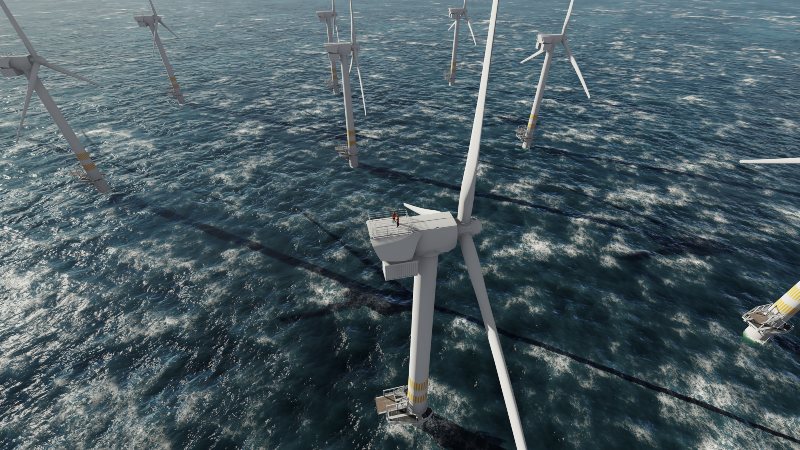
Mapping wear and safety
And those are just a few of many examples. More and more structures, large buildings and wind turbines also have digital twins: digital copies of physical assets to which information is continuously added through onsite inspections combined with continuous measurement of sensors on the physical object. “In a digital twin you can see the realtime condition of any physical asset. Using digital twins you can very accurately estimate whether a structure is still safe under load, or when maintenance is required on a wind turbine,” says Perttu Immonen, business development manager at Kiwa. “By means of mapping, you can even identify which parts of an installation or infrastructure are subject to wear or great pressure. A local repair or reinforcement can offer a pre-emptive solution. With different inspection techniques we can also pick up hairline cracks that are barely visible to the naked eye. Additionally, for a more refined image, you can do an inspection using a drone with a high-resolution camera. The images provided by this ‘eye in the sky’ are added to the digital twin and artificial intelligence can then analyse the data for cracks or other irregularities."
Complex processes, clear visualisation
And those are just a few of many examples. More and more structures, large buildings and wind turbines also have digital twins: digital copies of physical assets to which information is continuously added through onsite inspections combined with continuous measurement of sensors on the physical object. “In a digital twin you can see the realtime condition of any physical asset. Using digital twins you can very accurately estimate whether a structure is still safe under load, or when maintenance is required on a wind turbine,” says Perttu Immonen, business development manager at Kiwa. “By means of mapping, you can even identify which parts of an installation or infrastructure are subject to wear or great pressure. A local repair or reinforcement can offer a pre-emptive solution. With different inspection techniques we can also pick up hairline cracks that are barely visible to the naked eye. Additionally, for a more refined image, you can do an inspection using a drone with a high-resolution camera. The images provided by this ‘eye in the sky’ are added to the digital twin and artificial intelligence can then analyse the data for cracks or other irregularities."
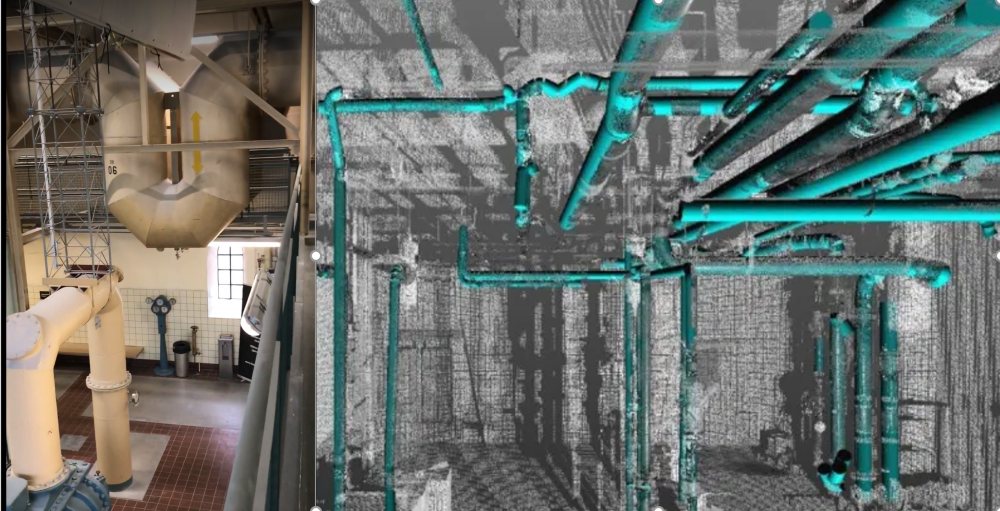
Perttu Immonen: "By laser and image scanning we can map the real world environment to a 3D model."
Inspection without downtime
Taking a sensor-guided virtual dive into a beer kettle sounds relatively simple. But digital twins can also help you explore every corner of the production vessel of an oil refinery or the generator of a power plant or any other place where a human inspector couldn’t easily access – even while they’re in full use. “A digital twin is, for example, excellent for reviewing inspection and process information together. All the information from the internal sensors to inspection measurements is combined to create a 3D visualisation. Using colour, you can monitor which parts of the process are more critical than others. Red parts can indicate there’s a lot of corrosion, green parts have not yet been affected and yellow parts are in between. And because the pressure and flow of liquids in installations can accelerate the corrosion process, analysing the corrosion patterns can help optimise the internal flow and/or pressure to reduce the risk of corrosion.”
The digital twin can be used for monitoring, inspecting and maintaining installations. “If you know which parts need to be replaced when, you can plan that optimally, with minimal or even no downtime – and you can also estimate this more accurately. Knowing the exact status of the installations means you can avoid expensive repairs and unplanned downtime, too.”
Modern asset management
More importantly: the use of digital twins enables Kiwa to up its game - from incidental inspection to the continuous monitoring of assets, offering valuable data and insights for its customers. Laan: “Using digital twin technology we can bring our customers very accurate and highly detailed insights for predictive maintenance. In fact, digital twins are indispensable in modern asset management. Many factory processes are extremely complex and interconnected. You quickly lose the big picture. A digital twin gives you the overview and control you need, providing you with greater predictability and exactly the right information. Leading to better decisions, less unplanned standstill, optimised maintenance and more safety. With a digital twin, the sudden problems of structures will be a thing of the past.”
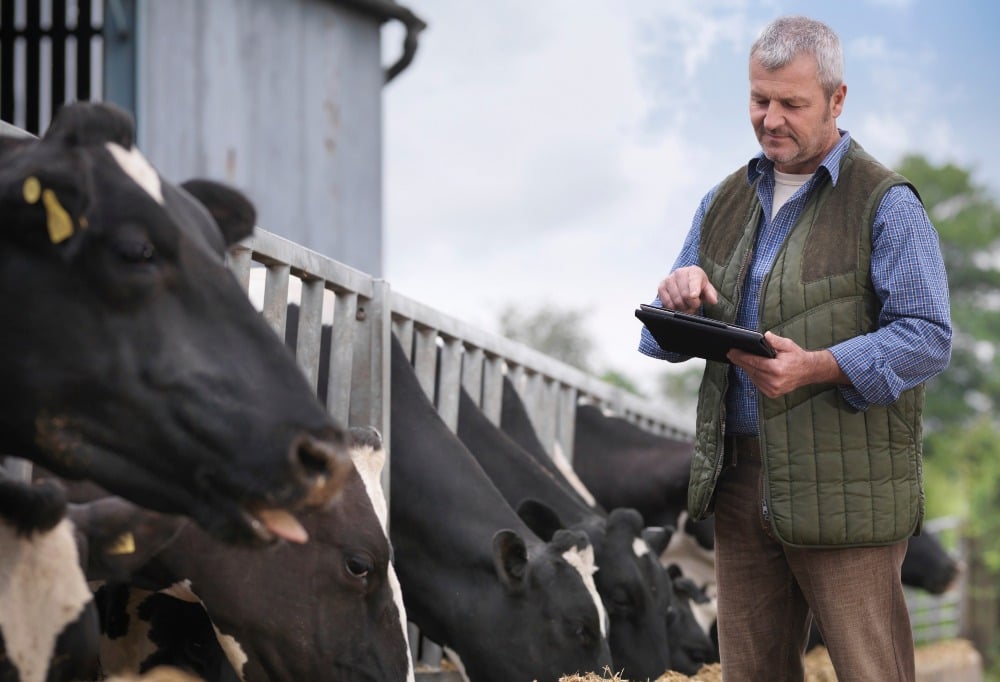
Buildings, animals, people!
Digital twins are on the rise – in every sector and every part of our lives. In Sweden, robot dogs roam construction sites continuously scanning buildings under construction, collecting data to create digital twins of the buildings. For recycling purposes, data about the materials used are also recorded. In high-tech farms, new generations of livestock farmers can see the condition and production of each individual animal using digital twins of their dairy cattle. In medical science, even human digital twins are used – for example, to monitor blood values and digestive processes.
About Perttu Immonen
Finnish-born Perttu Immonen is a business development manager at Kiwa in the field of inspections, asset health and digital twinning. As an innovator Perttu is closely working with IT on improving the field of inspections. Perttu is building new services for asset management for Kiwa’s customers.
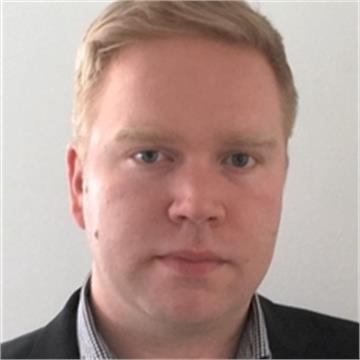 |
Stories from around the world
Would you like to know how our Kiwa colleagues use their expertise to help shape a better, more sustainable and fair world?